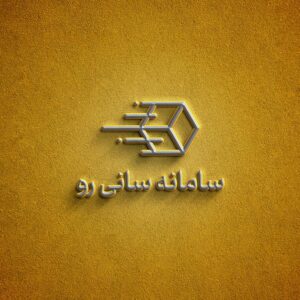Production Management
- Industrial Engineering
- Process management in manufacturing
- Bill of Materials (BOM) structure

Production Management
- Quality control of purchased items.
- Final quality control of the produced product.
- In-process quality control during production operations.
- Quality control of repairs and maintenance.
- Returning the goods to the supplier in case of damage.
- Returning the goods to the production line.
- Management of inspection planning.
- Creating checklists and recording test results.
- Failure analysis and result investigation.
- Definition of payment terms
- Issuance of automatic document of invoices
- Issuance of automatic payment request to the payment unit
- Controlling the invoice received from the seller with the items received in the warehouse and the corresponding purchase order
- Laws and regulations of importing and exporting countries
- How to conclude a contract
- Registration of goods order
- Request Offer from foreign seller and receive Performa
- Registration of commodity tariffs and the necessary permits for importing goods.
- commercial order registration
- Opening of documentary credits.
- Tracking of shipment and customs clearance of goods.
- sale
- Export
- After sales service
- Contract of sale
- Definition of receiving conditions
- Sales invoicing management
- Issuance of automatic document of invoices
- Controlling the invoice payable from the customer with the items delivered in the warehouse and the corresponding sales order
- MRP / MPS/ MDS / RCCP
- Material planning
- Planning purchase orders (supply planning)
- Planning of resources and viewing the free capacity of resources
- Weekly and monthly production planning
- Project and production macro planning
For more information, please follow the steps below
General ledger
- Definition of document structure pattern (document template)
- Defining the structure of accounts in a tree form
- Definition of financial ratios and industry indicators
- Calculation of accounts receivable reserves
- Issuance of document based on centralized and multi-component coding structure
- Preparation of financial statements according to definitions, formulas and relevant reports
Receive and pay
- Accounts Receivable / Accounts Payable
- salary management
- Loan management
- Check management
finalized Price
- Calculating standard and actual total cost
- Calculating material turnover using average, last purchase price, and FIFO methods.
- Determining the absorption rate by distinguishing between labor cost and overhead at different levels of responsibility and workstations.
Total cost
- Employee information
- Attendance and absence
- Salary and wages
- Performance evaluation and rewards
- Training
- Employee accounting


